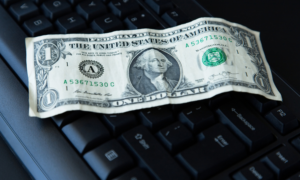A New Way to Sidestep Currency Conversion Costs
One of my biggest frustrations as an ETF investor is that so few online brokerages allow you to hold US dollars in registered accounts. BMO InvestorLine became just the fourth brokerage to add this feature last year, following RBC Direct Investing, Questrade and Qtrade. A few other brokerages offer partial solutions: TD Waterhouse, for example, [...]










